Science-fiction becomes science fact: How bionanoelectronics will revolutionize the world through medical and computational advances.
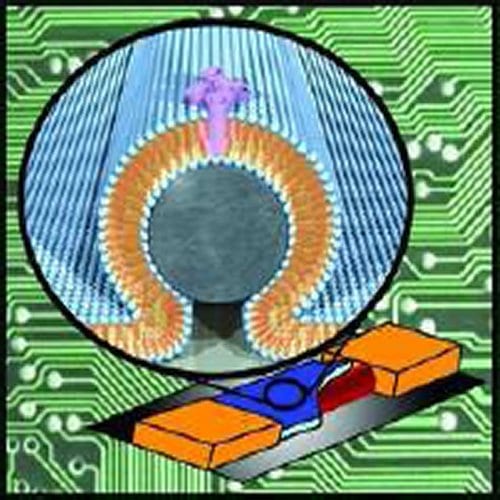

Science-fiction becomes science fact: How bionanoelectronics will revolutionize the world through medical and computational advances.
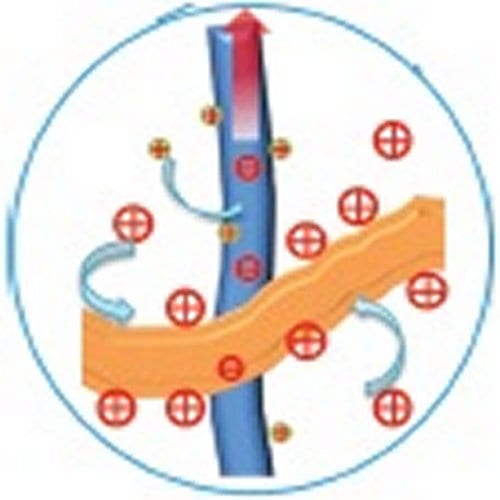
A supercapacitor with high power and energy density is made using nanocomposites containing carbon nanotubes.
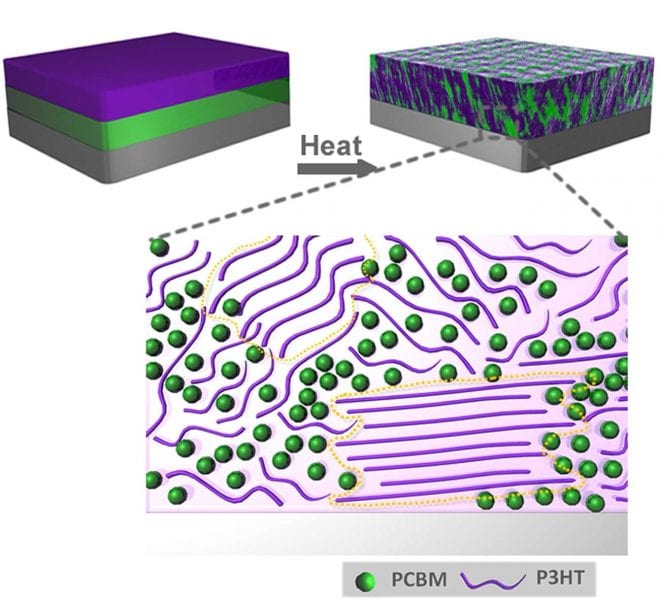
Understanding the morphology changes in plastic solar cells may hold clues for the development of new high-performance materials.
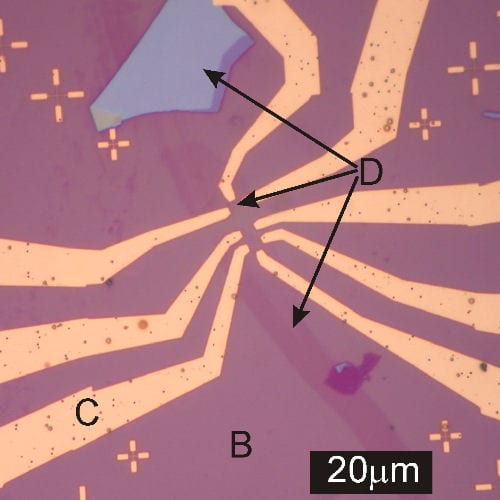
Nobel laureate Kostya Novoselov and his team open up graphene-based nanoelectronic devices by scanning probe lithography.
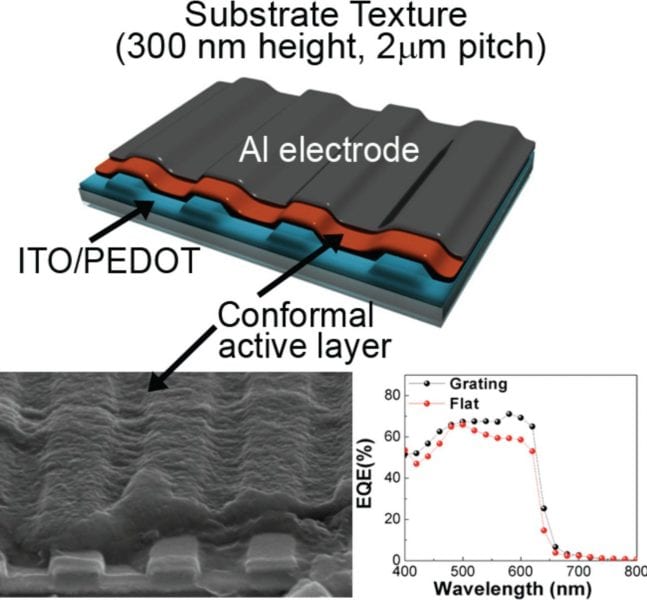
Sumit Chaudhary and co-workers from Iowa State University demonstrate that design optimization of the textured substrate leads to polymer-based solar cells that allow efficient light trapping without compromising the electrical characteristics.
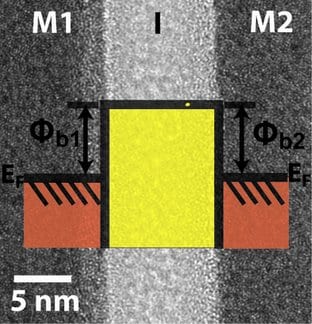
Researchers at Oregon State University develop cutting edge metal-insulator-metal diodes, harnessing quantum tunneling of electrons to increase performance of electronics.
Welcome to one of our guest columns, where active researchers can share their views on topics relevant to materials science. Professor Geoffrey Ozin from the University of Toronto tells us what he thinks about nanoscale silicon and its future. One thing that has...
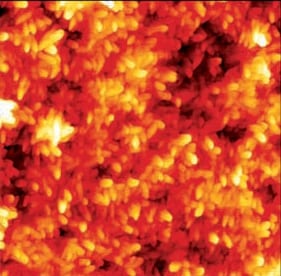
Scientists from the University of Linz engage in developing electronics that can simply be thrown onto the compost heap or, if in a pinch, could even be eaten!
US scientists have developed the first examples of logic gates (NAND, NOR and XOR gates) that can be switched simply by bending the substrate.
Researchers at the University of Texas have fabricated biodegradable, nanobarcodes of silicon. The porosity of the silicon structures enables their applications in bioengineering, energy storage, and drug delivery systems.